Home>Gardening & Outdoor>Landscaping Ideas>How To Keep Grass Alive
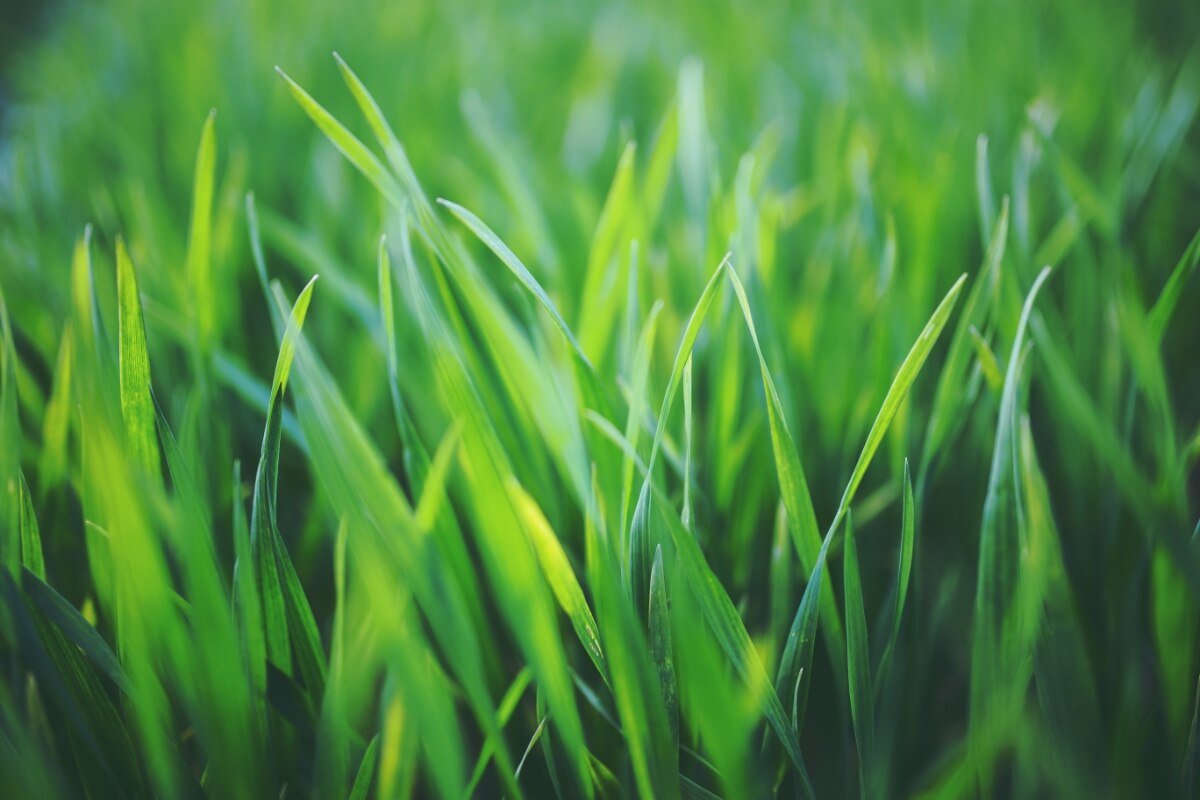

Landscaping Ideas
How To Keep Grass Alive
Modified: October 20, 2024
Learn effective landscaping ideas to keep your grass alive and thriving. Discover expert tips and techniques for maintaining a lush and healthy lawn.
(Many of the links in this article redirect to a specific reviewed product. Your purchase of these products through affiliate links helps to generate commission for Storables.com, at no extra cost. Learn more)
Introduction
Welcome to the world of lush green lawns and vibrant, healthy grass! Keeping your grass alive and thriving is a rewarding endeavor that not only enhances the beauty of your outdoor space but also contributes to a healthier environment. Whether you’re a seasoned lawn care enthusiast or a novice homeowner looking to cultivate a beautiful lawn, this comprehensive guide will equip you with the knowledge and techniques needed to maintain flourishing grass throughout the year.
From understanding the fundamental principles of grass growth to mastering the art of watering, fertilizing, and pest management, this article will delve into every aspect of grass care. By the end, you’ll have a deeper understanding of the intricate relationship between grass and its environment, enabling you to make informed decisions that promote the longevity and vitality of your lawn.
So, let’s embark on this green journey together and uncover the secrets to nurturing and preserving a stunning expanse of grass that will be the envy of the neighborhood!
Key Takeaways:
- Grass care involves understanding the needs of your specific grass type, providing the right nutrients, and adapting maintenance to the changing seasons for a lush and resilient lawn.
- Choosing the right grass type, efficient watering, targeted fertilization, meticulous mowing, and proactive pest management are key to keeping your grass alive and thriving year-round.
Understanding the Basics of Grass
Grass, the cornerstone of a picturesque lawn, is a resilient and versatile plant that can thrive in a variety of climates and soil conditions. To effectively care for your grass, it’s essential to grasp the fundamental aspects of its biology and growth patterns.
Grass is a monocotyledonous plant, characterized by narrow leaves, fibrous roots, and a unique reproductive structure known as a spikelet. This remarkable plant family encompasses a diverse array of species, each with its own distinct characteristics and requirements. Understanding the specific type of grass growing in your lawn is crucial for tailoring your care practices to its needs.
Photosynthesis, the process by which grass harnesses sunlight to produce energy, is pivotal to its growth and development. The green pigment chlorophyll plays a central role in this process, enabling the grass to convert light into sugars and starches essential for its survival.
Grass growth is influenced by several key factors, including sunlight, water, nutrients, and soil composition. Adequate sunlight is vital for photosynthesis and overall plant health. Water, a primary component of grass cells, is essential for turgidity and nutrient transport. Nutrients such as nitrogen, phosphorus, and potassium are critical for supporting various physiological functions, including root development and disease resistance.
Understanding the growth cycle of grass is also essential for effective lawn care. Grass typically goes through periods of active growth, dormancy, and recovery, with each stage requiring specific attention and maintenance. By familiarizing yourself with these growth patterns, you can adjust your care regimen to accommodate the changing needs of your grass throughout the year.
By gaining a deeper understanding of the biological and ecological aspects of grass, you’ll be better equipped to provide the optimal conditions for its growth and vitality. Armed with this knowledge, you can embark on the journey of nurturing a resilient and verdant lawn that will be a source of pride and joy for years to come.
Choosing the Right Type of Grass
When it comes to cultivating a thriving lawn, selecting the right type of grass is a pivotal decision that can significantly impact the overall health and appearance of your outdoor space. The choice of grass should be based on various factors, including climate, soil type, and intended use of the lawn.
There are numerous grass species and cultivars available, each with its own unique characteristics and suitability for specific environments. Cool-season grasses, such as Kentucky bluegrass and fescue, thrive in regions with cold winters and moderate summers. In contrast, warm-season grasses like Bermuda grass and Zoysia are well-suited to hot, humid climates with mild winters.
Before selecting a grass type, it’s crucial to assess the local climate and temperature patterns to determine the most suitable option for your region. Factors such as average temperature, precipitation levels, and frost frequency play a significant role in determining the ideal grass species for your lawn.
Soil composition also influences the choice of grass, as different species exhibit varying tolerances to soil pH, drainage, and fertility. Conducting a soil test to evaluate the pH level and nutrient content of your soil can provide valuable insights into which grass varieties will thrive in your specific soil conditions.
Consider the intended use of your lawn when choosing a grass type. If your primary goal is to create a lush, ornamental lawn with high aesthetic appeal, a fine-textured grass such as Kentucky bluegrass may be an excellent choice. Conversely, if your lawn will experience heavy foot traffic or serve as a play area for children and pets, a durable and resilient grass variety like tall fescue or Bermuda grass may be more suitable.
It’s important to note that certain grass species may require more maintenance and care than others. Some grasses are more resistant to pests, diseases, and environmental stress, while others may demand regular irrigation, fertilization, and mowing to maintain their appearance and health.
By carefully evaluating your climate, soil characteristics, and intended lawn usage, you can make an informed decision when choosing the right type of grass for your lawn. Selecting a grass variety that aligns with your specific environmental conditions and maintenance preferences will set the stage for a thriving and resilient lawn that enhances the beauty of your outdoor living space.
Watering and Irrigation
Proper watering and irrigation practices are essential for sustaining healthy grass and promoting robust root development. Adequate water supply is crucial for maintaining turgidity, facilitating nutrient uptake, and supporting photosynthesis, all of which are vital for the overall health and vitality of the lawn.
When it comes to watering, the key is to achieve a balance that provides sufficient moisture without promoting waterlogging or excessive runoff. The frequency and duration of watering should be adjusted based on factors such as climate, soil type, grass species, and seasonal variations.
One of the most effective methods for watering lawns is through deep, infrequent watering, which encourages the development of deep root systems and enhances drought tolerance. This approach involves applying water to the soil at a rate that allows it to penetrate deeply, reaching the root zone where it can be utilized by the grass plants. Shallow and frequent watering, on the other hand, can lead to shallow root growth and increased susceptibility to drought and environmental stress.
It’s important to consider the time of day when watering your lawn. Early morning is often the optimal time, as it allows the grass blades to dry quickly, reducing the risk of fungal diseases. Watering in the evening or at night can lead to prolonged leaf wetness, creating a conducive environment for fungal pathogens to thrive.
Irrigation methods such as sprinklers, drip systems, and soaker hoses offer different approaches to delivering water to the lawn. Each method has its advantages and considerations, and the choice of irrigation system should align with the specific needs of your lawn and the efficiency of water delivery.
In regions experiencing drought or water restrictions, water conservation practices, such as xeriscaping and the use of drought-tolerant grass species, can help minimize water usage while maintaining an attractive and sustainable lawn.
By understanding the principles of efficient watering and irrigation, you can establish a well-hydrated and resilient lawn that thrives in diverse environmental conditions. Implementing targeted watering practices based on the unique requirements of your grass and soil will contribute to the long-term health and vibrancy of your lawn, ensuring that it remains a lush and inviting outdoor retreat for years to come.
Fertilizing and Nutrient Management
Fertilizing your lawn is a fundamental aspect of grass care that directly impacts its growth, color, and overall health. By providing essential nutrients to the soil, fertilization supports robust root development, enhances disease resistance, and promotes lush, vibrant grass growth.
The primary nutrients required by grass are nitrogen (N), phosphorus (P), and potassium (K), often referred to as NPK. These nutrients play distinct roles in the physiological processes of the grass plant, with nitrogen supporting leaf and stem growth, phosphorus contributing to root development and flowering, and potassium aiding in disease resistance and overall plant vigor.
Before applying fertilizer, it’s beneficial to conduct a soil test to assess the nutrient levels and pH of the soil. This analysis provides valuable insights into the specific fertilizer requirements of your lawn, enabling you to tailor your fertilization regimen to address any deficiencies and optimize nutrient uptake by the grass.
When selecting a fertilizer, consider the specific needs of your grass species, as well as the seasonal requirements for growth and development. For example, cool-season grasses may benefit from a balanced fertilizer application in the early spring to support vigorous growth, while warm-season grasses may require additional potassium to enhance stress tolerance during the hot summer months.
Applying fertilizer at the correct time and in the appropriate amounts is crucial for maximizing its effectiveness while minimizing the risk of nutrient runoff and environmental impact. Slow-release fertilizers offer a gradual and sustained nutrient supply to the grass, reducing the likelihood of excessive growth spurts and minimizing nutrient loss through leaching.
Furthermore, incorporating organic matter into the soil through practices such as topdressing with compost or using organic fertilizers can improve soil structure, enhance microbial activity, and promote long-term nutrient availability for the grass.
By implementing a targeted fertilization and nutrient management plan, you can ensure that your lawn receives the essential elements necessary for robust growth and resilience. A well-nourished lawn not only exhibits lush greenery and enhanced aesthetic appeal but also possesses the vigor and strength to withstand environmental stressors, ensuring that it remains a vibrant and inviting outdoor oasis.
Read more: How Do You Keep Mums Alive
Mowing and Lawn Care
Mowing is a foundational aspect of lawn maintenance that significantly influences the health, appearance, and resilience of your grass. Proper mowing practices not only contribute to a manicured and attractive lawn but also play a vital role in promoting robust root development and overall grass vigor.
When it comes to mowing frequency, it’s important to adhere to the one-third rule, which recommends removing no more than one-third of the grass blade height in a single mowing session. This approach helps prevent stress on the grass plants and maintains an optimal leaf surface for photosynthesis and nutrient absorption.
The cutting height for mowing should be adjusted based on the specific grass species and growth habits. Cool-season grasses typically thrive with a higher mowing height, while warm-season grasses may be maintained at a slightly lower height. Adhering to the recommended mowing heights for your grass type ensures that the plants can establish strong root systems and exhibit improved resistance to environmental stress.
Regularly sharpening the mower blades is essential for achieving clean and precise cuts, preventing grass fraying and minimizing the risk of disease entry points. Dull blades can tear the grass blades, leading to a ragged appearance and increased susceptibility to pests and pathogens.
Grass clippings, when finely chopped, can serve as a natural source of nutrients for the lawn, returning essential elements such as nitrogen and organic matter to the soil. This practice, known as grasscycling, not only reduces waste but also contributes to the overall health and fertility of the lawn.
Aside from mowing, lawn care encompasses a range of additional practices aimed at maintaining the health and beauty of the grass. Aerating the soil, which involves creating small channels to alleviate compaction and improve air and water penetration, can enhance root growth and nutrient uptake.
Overseeding thin or bare areas of the lawn with grass seed can promote denser turf coverage and address patchiness, contributing to a more uniform and visually appealing lawn. Additionally, controlling thatch buildup through proper watering, mowing, and dethatching practices supports healthy soil and root interactions.
By embracing meticulous mowing and comprehensive lawn care practices, you can cultivate a resilient and visually striking lawn that serves as a focal point of your outdoor landscape. Implementing these techniques not only enhances the aesthetic appeal of your property but also fosters a thriving and inviting outdoor environment for relaxation and recreation.
Dealing with Pests and Weeds
Maintaining a healthy and vibrant lawn involves addressing potential threats from pests and weeds that can compromise the integrity and appearance of the grass. Proactive pest management and weed control strategies are essential for preserving the lushness and vitality of your outdoor space.
Common lawn pests such as grubs, chinch bugs, and armyworms can inflict damage on grass by feeding on the roots, stems, and foliage. Monitoring the lawn for signs of pest activity, such as irregular patches of wilting or discoloration, can help detect infestations early, enabling prompt intervention to mitigate potential damage.
Integrated pest management (IPM) approaches, which emphasize preventive measures, biological controls, and targeted pesticide applications, offer sustainable solutions for managing lawn pests while minimizing environmental impact. Utilizing pest-resistant grass varieties and promoting a balanced ecosystem through diverse plantings can enhance the lawn’s resilience to pest pressures.
Weed infestations can detract from the uniformity and aesthetic appeal of the lawn, competing with grass for essential resources and creating unsightly patches. Implementing cultural practices such as maintaining proper mowing heights, promoting dense turf growth, and addressing soil compaction can reduce weed establishment and proliferation.
Targeted weed control measures, including selective herbicide applications and manual removal of weeds, can effectively manage weed populations while safeguarding the health of the grass. Pre-emergent herbicides can prevent weed seeds from germinating, while post-emergent herbicides target established weeds, offering tailored solutions to address specific weed species.
Promoting a healthy and vigorous lawn through proper watering, fertilization, and mowing practices can fortify the grass against weed encroachment, creating an inhospitable environment for weed establishment and growth.
Furthermore, fostering a robust soil ecosystem through organic matter additions, microbial stimulants, and beneficial soil amendments can enhance the natural resilience of the lawn, reducing the susceptibility to both pests and weeds.
By adopting a proactive and holistic approach to pest and weed management, you can safeguard the health and beauty of your lawn while minimizing the need for extensive corrective measures. Cultivating a thriving and resilient grass ecosystem not only enhances the visual appeal of your outdoor space but also provides a welcoming and enjoyable environment for leisure and recreation.
Water your grass deeply and infrequently, allowing the soil to dry out between waterings. This encourages deep root growth and helps the grass withstand drought.
Seasonal Maintenance
Adapting your lawn care practices to the changing seasons is essential for nurturing a healthy and vibrant grassscape throughout the year. Each season presents unique challenges and opportunities, necessitating tailored maintenance approaches to support the evolving needs of the grass and optimize its growth and resilience.
Spring
As the dormant grass awakens and begins its active growth phase, spring heralds a time for revitalizing the lawn after the winter months. Spring maintenance tasks may include dethatching to remove accumulated organic debris, aerating to alleviate soil compaction, and overseeding to promote denser turf coverage. Fertilization in the early spring provides essential nutrients for vigorous growth and prepares the grass for the upcoming growing season.
Summer
The hot and often dry conditions of summer demand careful attention to watering practices to sustain the grass’s health and vitality. Deep and infrequent watering, preferably in the early morning, helps the grass endure heat stress and maintain optimal turgidity. Regular mowing at the appropriate height, along with weed control and pest monitoring, supports the lawn’s resilience during the summer months.
Fall
Autumn presents an ideal opportunity for lawn rejuvenation and preparation for the winter ahead. Fertilizing in the fall promotes root development and nutrient storage, strengthening the grass for the coming cold season. Overseeding thin or bare areas, coupled with aeration to enhance soil oxygenation, can revitalize the lawn and address any summer-induced stress. Leaf removal and continued pest and weed management are also vital components of fall maintenance.
Winter
While grass growth slows during the winter, proactive measures can protect the lawn and set the stage for a vibrant spring resurgence. Clearing debris, managing snow mold, and minimizing foot traffic on frozen grass are crucial considerations. Additionally, winter can be an opportune time for soil testing and planning for the upcoming year’s lawn care regimen.
By aligning your lawn care practices with the seasonal dynamics, you can nurture a resilient and visually captivating grassscape that adapts to the changing environmental conditions. Tailoring your maintenance efforts to the specific needs of the grass at each stage of the year ensures that your lawn remains a source of pride and enjoyment, providing a welcoming and inviting outdoor sanctuary for relaxation and recreation.
Conclusion
Cultivating a thriving and verdant lawn is a gratifying endeavor that requires dedication, knowledge, and a deep appreciation for the intricate interplay between grass, soil, and environmental factors. By understanding the fundamental principles of grass growth and implementing targeted care practices, you can transform your outdoor space into a lush and inviting haven that enriches your daily life and enhances the beauty of your property.
Choosing the right type of grass, tailored to your climate, soil conditions, and intended use, forms the foundation for a resilient and visually striking lawn. From cool-season to warm-season grasses, each variety offers unique characteristics and requirements that, when matched with the specific attributes of your landscape, can create a captivating and enduring grassscape.
Watering and irrigation, when approached with precision and mindfulness, sustain the health and vigor of the grass, ensuring that it thrives in diverse environmental conditions. By embracing efficient watering practices and conservation strategies, you can establish a well-hydrated lawn that remains resilient and vibrant throughout the seasons.
Fertilizing and nutrient management play a pivotal role in providing the essential elements for robust growth and disease resistance. Tailoring your fertilization regimen to the specific needs of your grass and soil fosters a well-nourished and thriving lawn that becomes a focal point of your outdoor landscape.
Meticulous mowing and comprehensive lawn care practices, including aerating, overseeding, and thatch management, contribute to the health and resilience of the grass, creating a visually striking and inviting outdoor environment for leisure and relaxation.
Proactive pest management and weed control strategies safeguard the integrity and beauty of the lawn, ensuring that it remains free from infestations and unsightly weed patches. By fostering a balanced and resilient grass ecosystem, you can minimize the need for extensive corrective measures and maintain a captivating lawn year-round.
Adapting your lawn care practices to the changing seasons enables you to nurture a healthy and vibrant grassscape throughout the year. By aligning your maintenance efforts with the evolving needs of the grass, you can cultivate a resilient and visually captivating lawn that adapts to the changing environmental conditions.
In conclusion, the art of keeping grass alive transcends mere maintenance; it embodies a harmonious relationship with nature, a commitment to sustainable practices, and a deep-rooted passion for creating a captivating and enduring outdoor sanctuary. By embracing the principles and techniques outlined in this guide, you can embark on a green journey that not only enriches your surroundings but also nourishes your soul, fostering a deep connection with the natural world and the beauty it bestows.
Frequently Asked Questions about How To Keep Grass Alive
Was this page helpful?
At Storables.com, we guarantee accurate and reliable information. Our content, validated by Expert Board Contributors, is crafted following stringent Editorial Policies. We're committed to providing you with well-researched, expert-backed insights for all your informational needs.



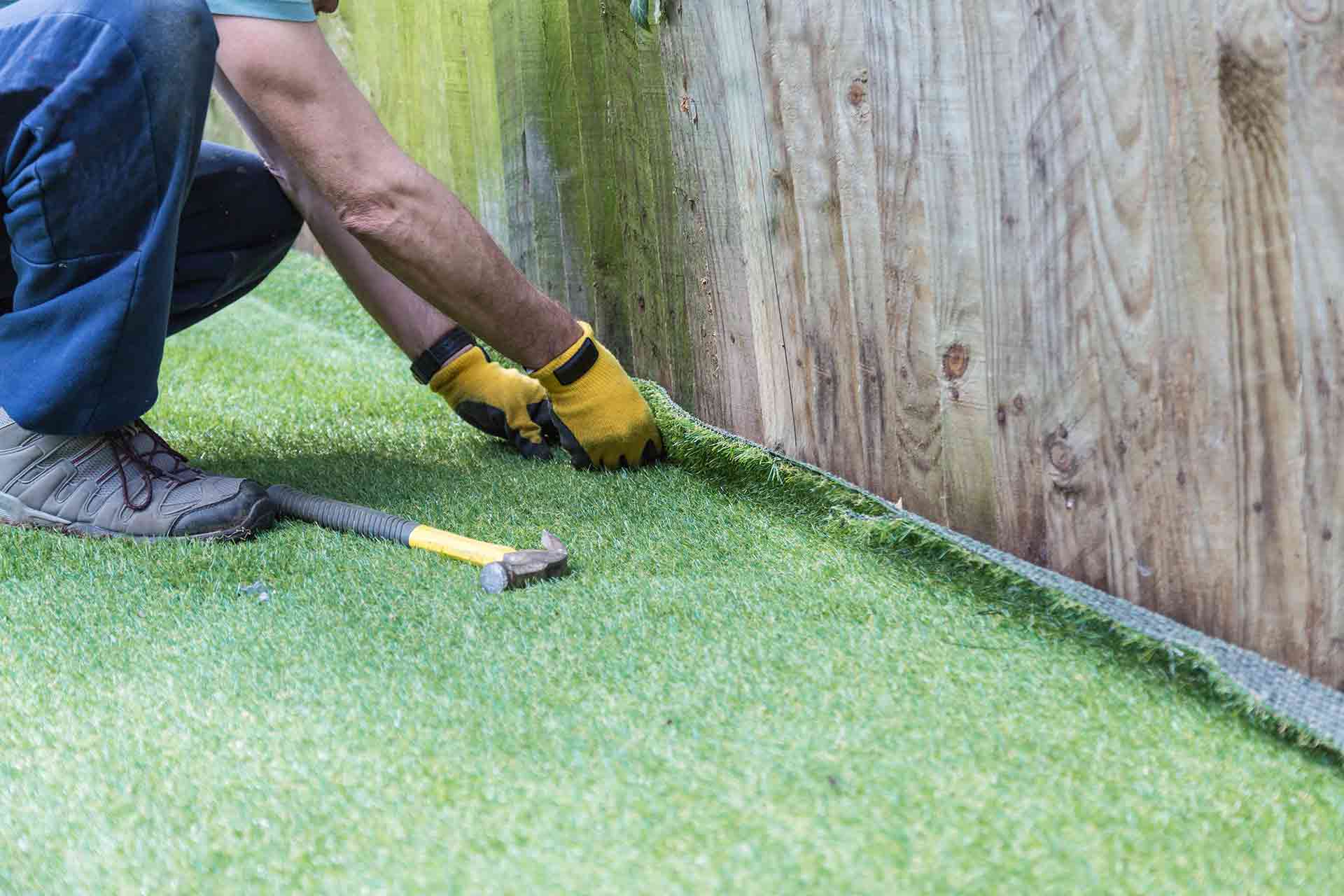
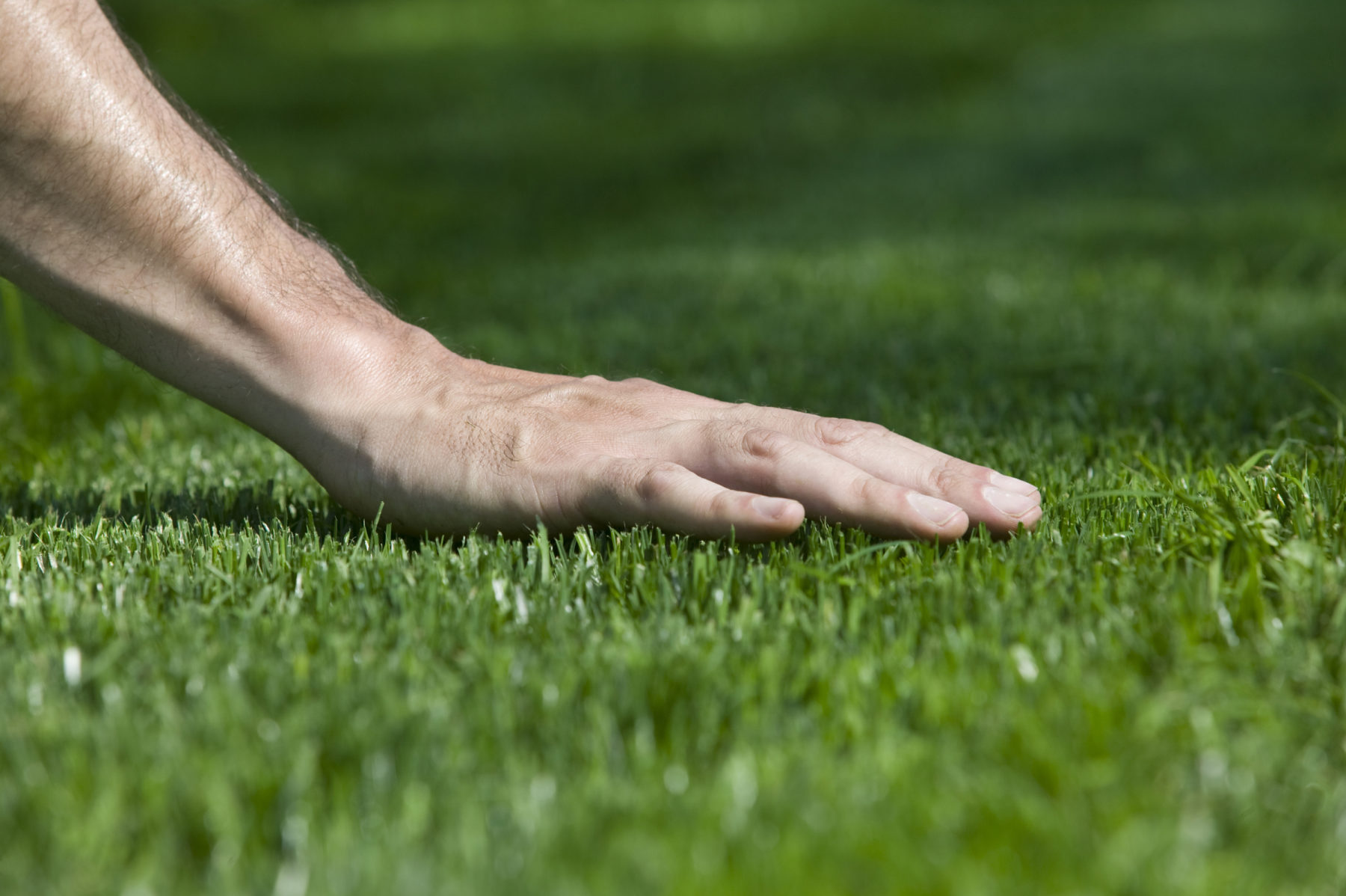

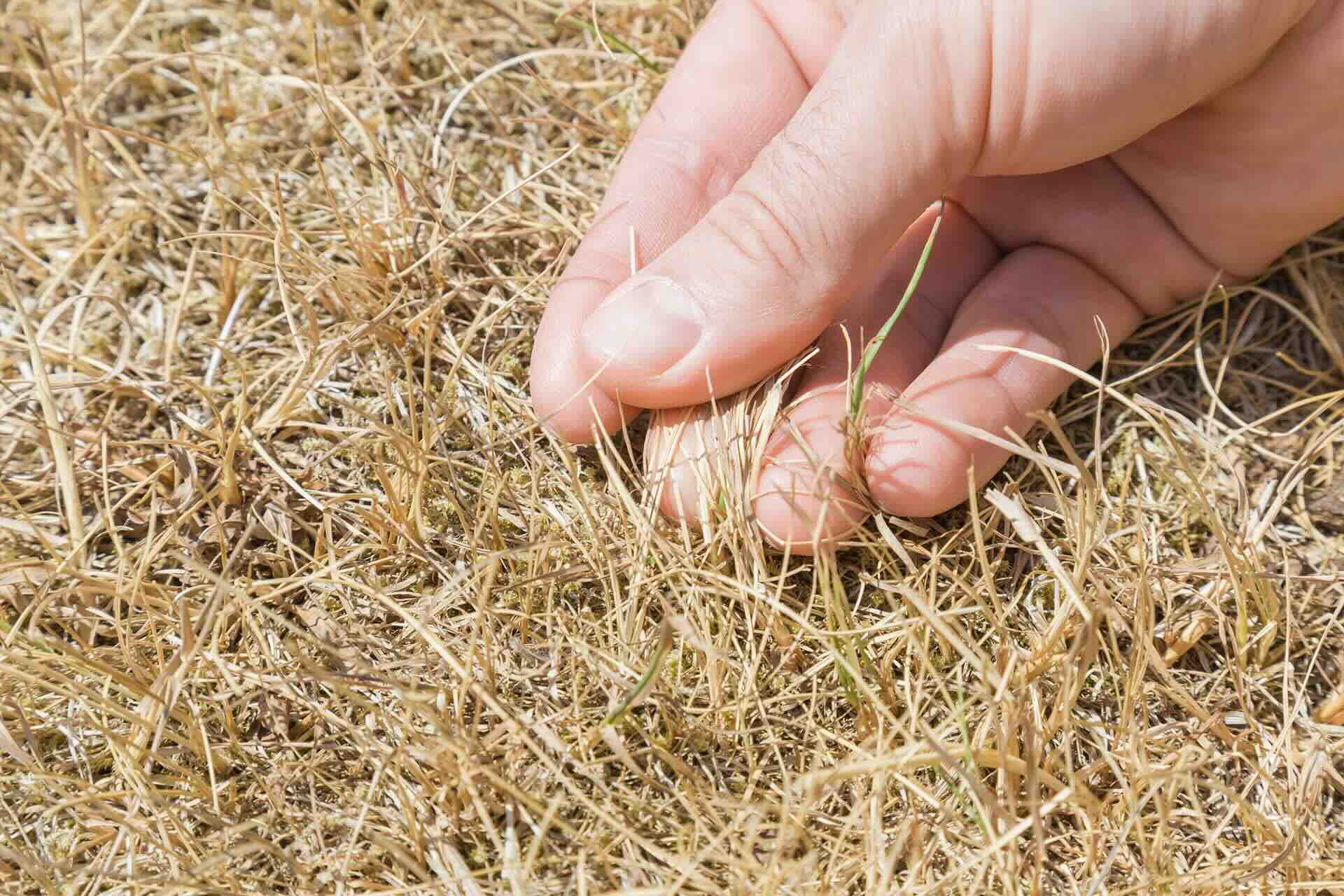

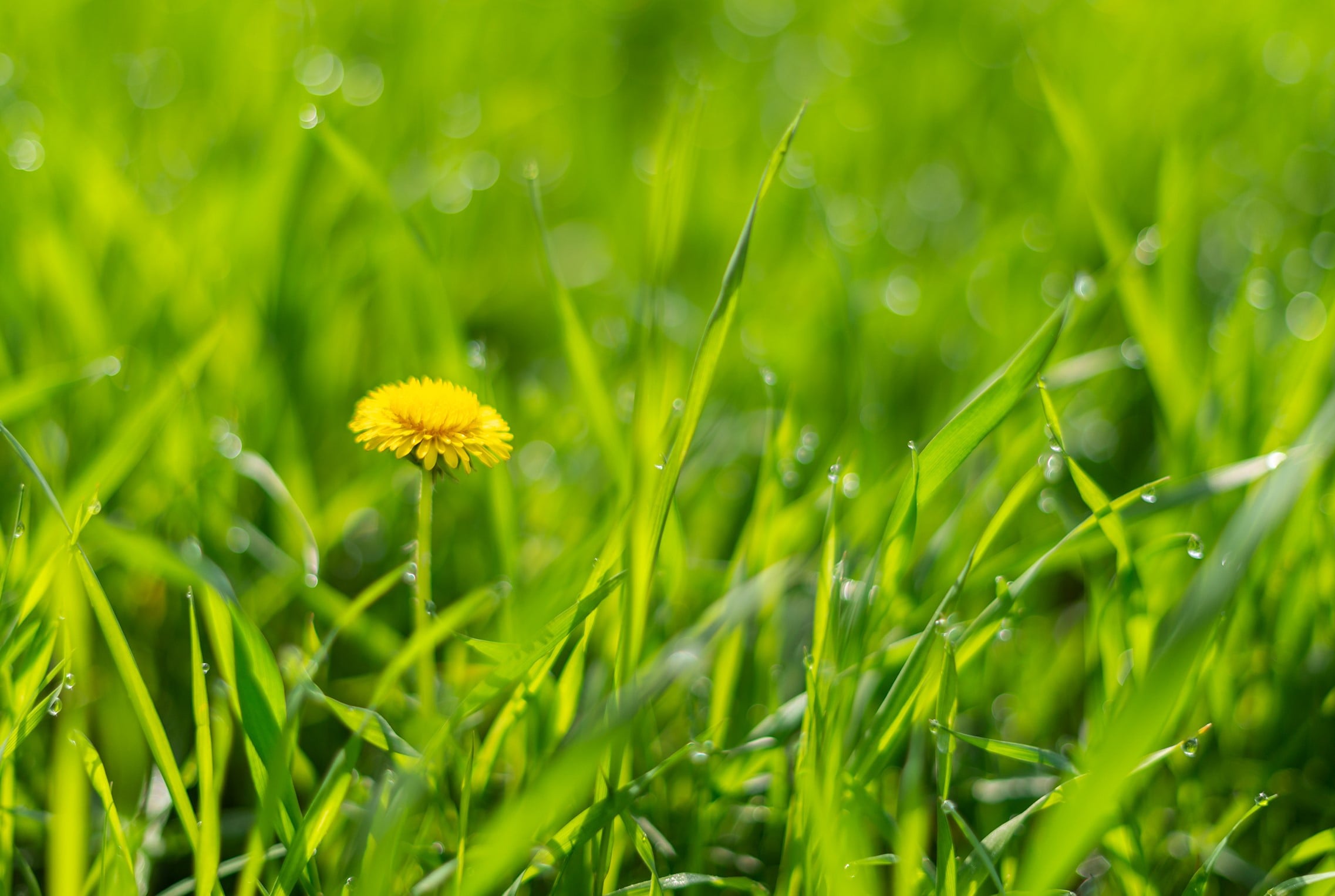
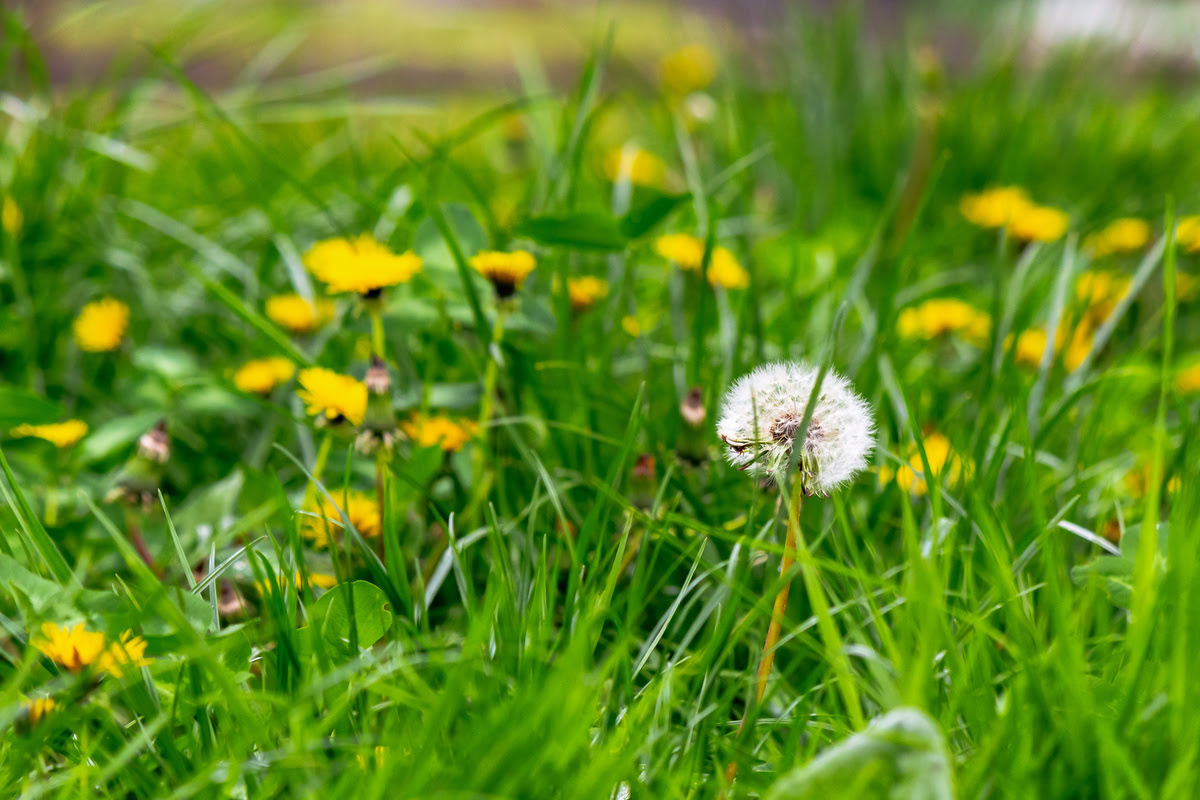
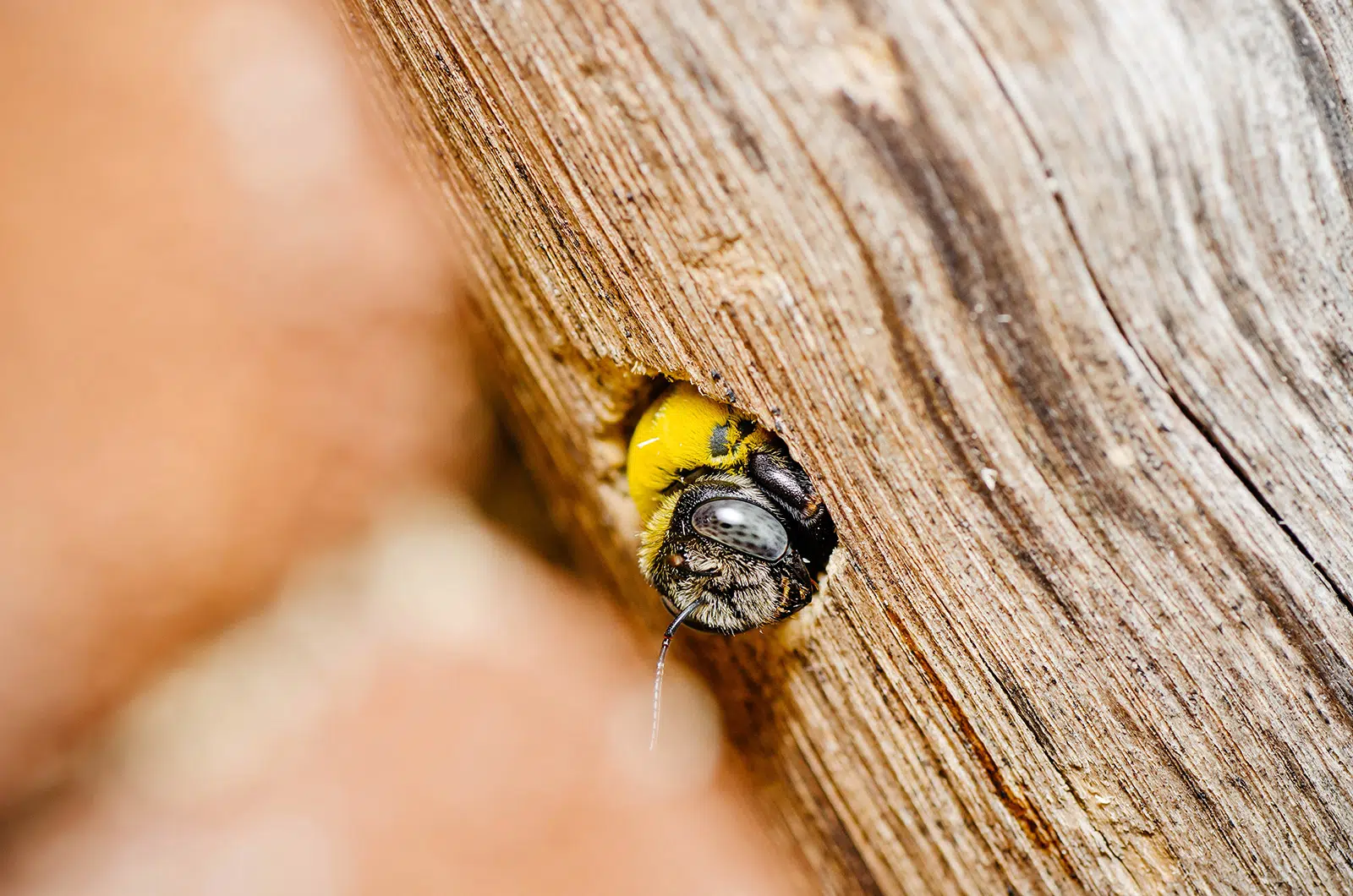
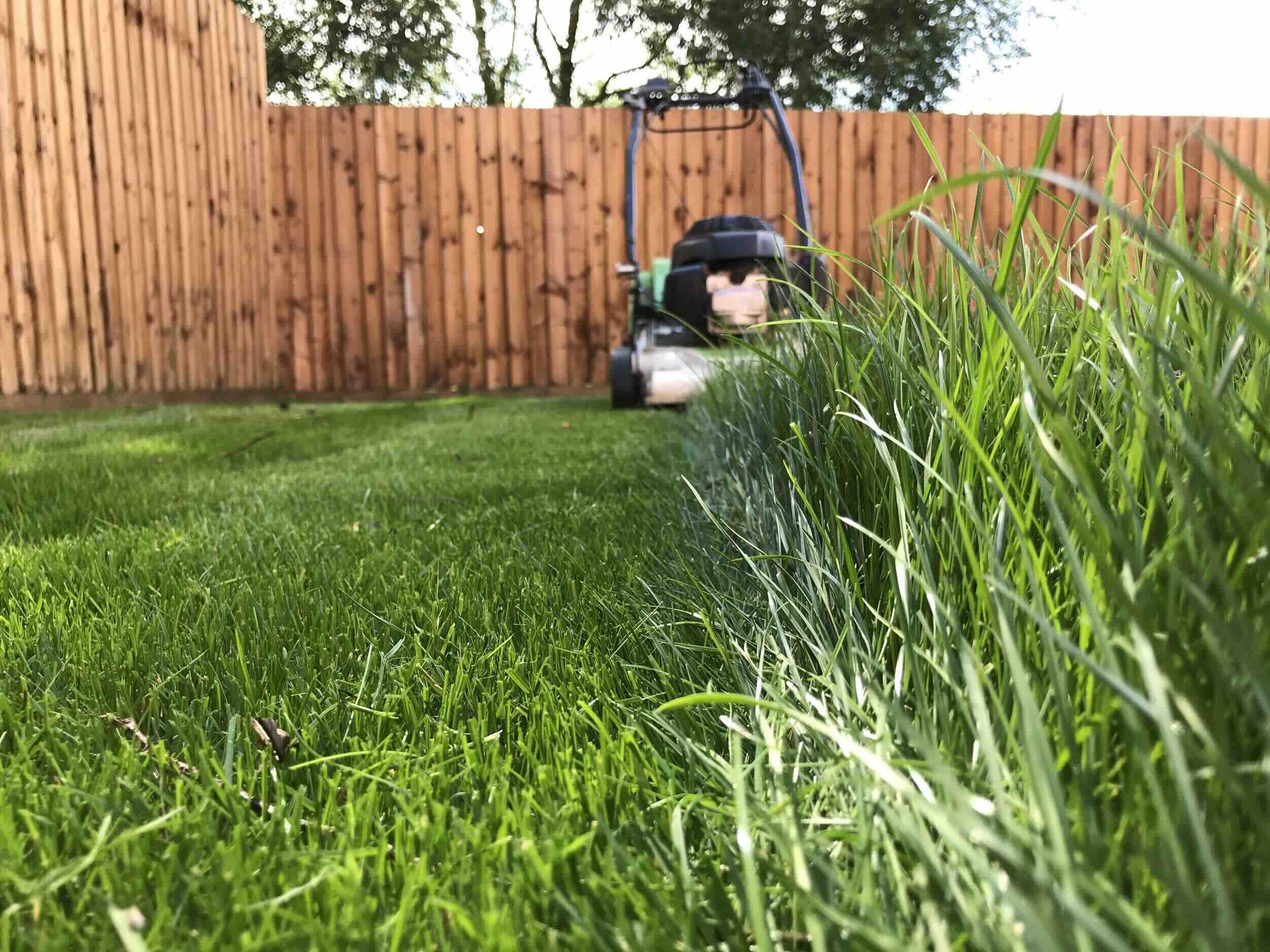
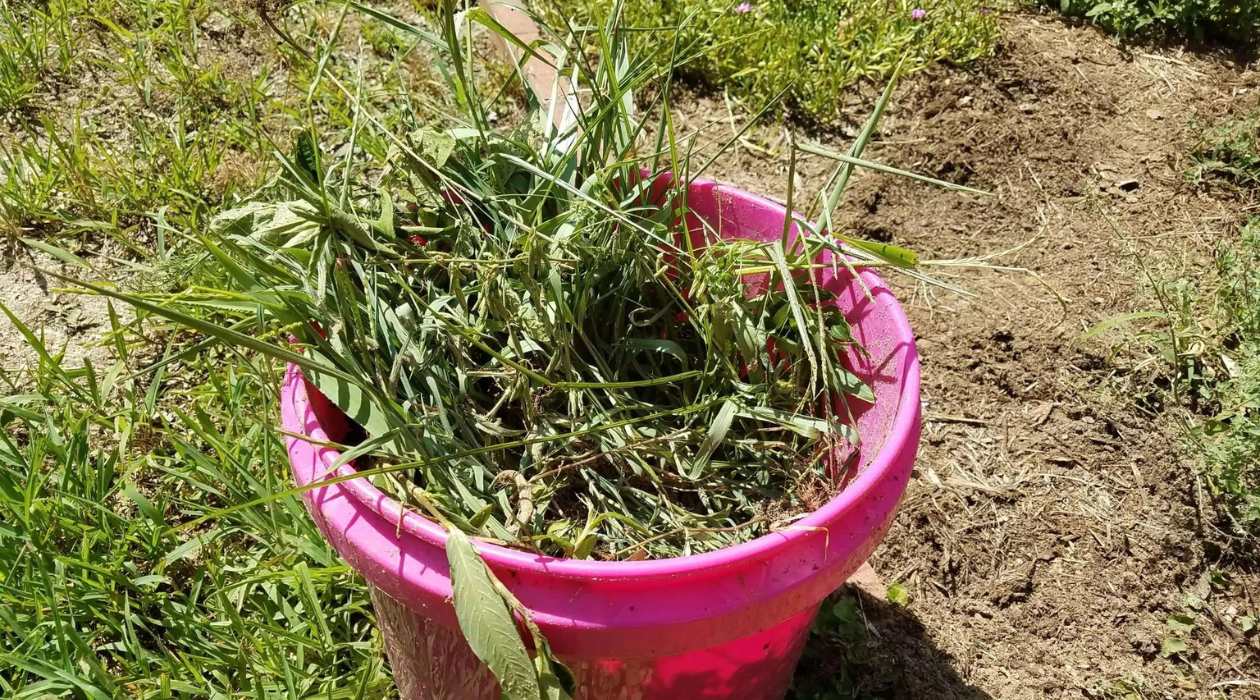

0 thoughts on “How To Keep Grass Alive”